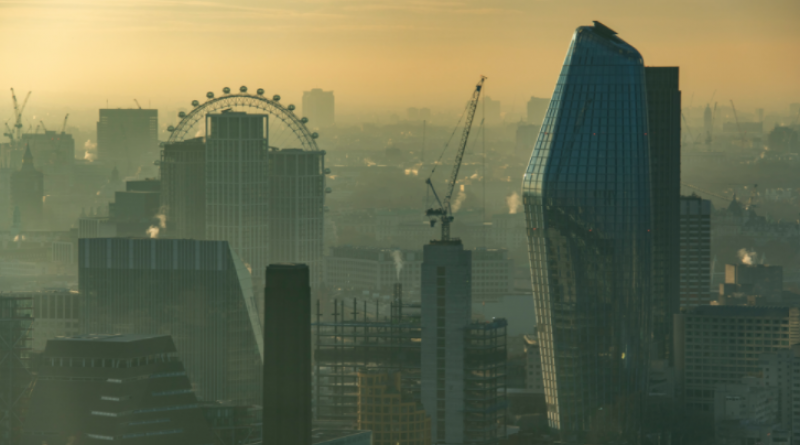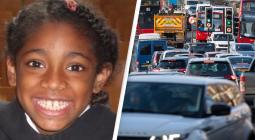Toxic air pollution is affecting over 3.1 million school children across England

City Hall analysis shows 3.1 million school children are being exposed to air pollution levels exceeding World Health Organisation limits on PM2.5.
School areas in London have shown to have much higher air pollution levels than any other area. Research has shown 98% of state schools in London are in areas that exceed WHO pollution limits, compared with 24% outside of London.
Government data from 2019 shows that London school children are four times more likely to go to school in an area that exceeds the WHO limit. Also, 28 of the 30 local authorities with the highest school air pollution levels are in London areas.
Growing up in an area with poor air quality can have detrimental effects on the children including stunted growth and worsened chronic illnesses. Also, school children in London have shown to have a smaller lung volume with a 5% reduction in lung capacity.
Harriet Edwards, Senior Policy and Projects Manager, Air Quality, at Asthma UK and the British Lung Foundation, said: “Each year, the capital’s poor air quality contributes to around 1,000 emergency hospital admissions for children with asthma and other respiratory conditions. Children should feel safe when they are at school, but instead they are being exposed to dangerous levels of air pollution which could be damaging their lungs and future prospects.”
Crucial strategies including the central London Ultra Low Emission Zone (ULEZ) expansion and the mayor’s air quality policies have already reduced the number of state schools located in illegal levels of NO2 pollution from 455 schools in 2016 to 14 schools in 2019.
A study showed that the mayor’s air quality policies and improvements in air pollution will increase the average life expectancy of a child born in 2013 by six months.
However, 99% of Londoners still live in areas exceeding WHO PM2.5 recommended guidelines.
Deprived Londoners from Black, Asian and Minority Ethnic communities have the worst air pollution exposure. The ULEZ and new air quality policies are predicted to reduce the exposure gap between the most and least deprived areas by 71% by 2030.
The tightening of the Low Emission Zone for heavy vehicles earlier this year will ensure these tougher emission standards reduce PM2.5 exhaust emissions by 35% in inner London.
The Environment Bill currently passing through parliament has been proposed to help the UK tackle air pollution and enable our economies to become more sustainable.
The Mayor of London, Sadiq Khan, said: “I want to make sure all of London meets the World Health Organization limits for particulate matter. But I can’t do it alone and I want to work with Government to achieve this goal. That’s why I’m asking for the new Environment Bill to include legally binding WHO recommended limits to be achieved by 2030.”
Find out more here.
Climate Action





